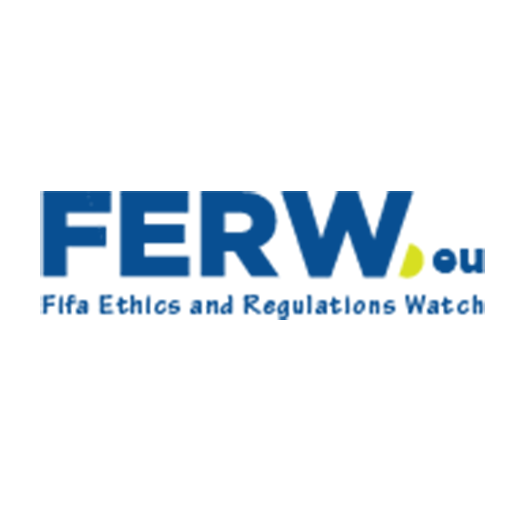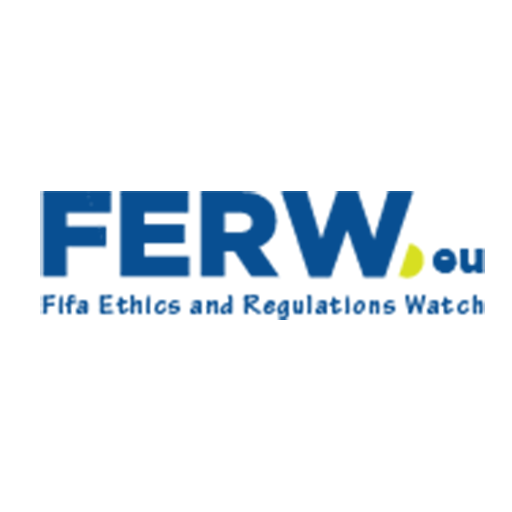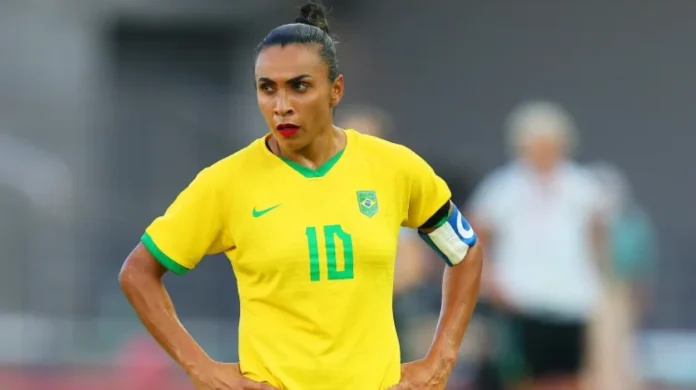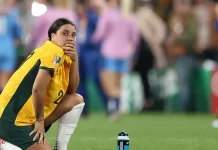The women football development pattern keeps the world guessing in 2025, yet the economic pillar behind the trend is shaky. Victory Celebrity, although the world sports of elite women are expected to experience an annual revenue of 2.35 billion this year, an increase of 80 percent over a period of one year, football, which makes an estimated 820 million, continues to experience a disproportional gap between the potential and investment. This is further highlighted on the backdrop of the size and resources of the men’s event which still remain the rulers of sponsorship portfolios, development of infrastructure and international media rights.
The extent to which these disparities are acute is captured in FIFA internal financial benchmarking. On average, Tier 1 women leagues raise about 4.4 million dollars per year but their operating expenses are about 7.6 million dollars so that many teams are surviving on cross-subsidization or government subsidies. In Tier 3, the emerging leagues have low performance, with an average of $76,000 incomes and more than twice the expenses. Such financial limitations limit the operations of the club, make it hard to match the competition, and undermine the welfare of players who often do not possess the health insurance coverage in the Tier 3 leagues (38%).
Infrastructure neglect and disparities in investment
The investment model of football development around women in FIFA is still focussed on elite tournaments as opposed to grassroots development. In Africa, South America and Southeast Asia, many women clubs still do not have access to special training facilities, so they have to use or borrow bottom-level pitches that are utilized by men youth or amateur teams. These circumstances discourage the development of players on the long-term basis and decrease the competitiveness at the international level.
The inequalities are still obvious even in the developed football economies. The highest-level women teams can work under the administrative framework of their male teams, yet the investment does not commensurate. There is a great skew of marketing budgets, availability of club medical staff and media rights which generate dependencies that inhibit sustainable league development.
Symbolic initiatives and their limitations
The fact that FIFA has announced Women Club World Cup in 2026 and a new women intercontinental club in 2028 is an intent to increase the popularity of women football. However, in the absence of financial pledges or assurance of fair broadcast and sponsorships, they are just symbolic. There is lack of structural investment on the levels where underfunded regions will be involved in participation, particularly where federalization already experiences lack of resources.
The difference in the level of prizes and business conditions between the male and female competitions remains a deterrent to long term planning in female competitions. Until these inequalities are reduced, and money spread evenly over the ecosystem–grassroots to elite–marquee events will do little or nothing to stabilize or professionalize the wider ecosystem.
Gender representation and institutional imbalances
In FIFA, institutional inertia has impeded the move to achieve gender equity in leadership. By mid-2025 there are still 22 percent more women coaches of professional women football teams than men and fewer than 20 percent of FIFA standing committees have any women representation on decision-making bodies. Such loopholes are translated into less advocacy on structural reform and less responsibility on promoting the Women’s Football Strategy.
The same vacuum can be found in the national federations where women’s programs are usually operated by men-dominated administrative boards that lack actual experience in the women’s department of the sport. Without inclusive governance, efforts to achieve equal pay, maternity rights or enforcement of anti-harassment will only be peripheral or sporadic in federations.
Cultural challenges and media inequality
The football culture throughout the world still remains focused on male accomplishments and stories. Women in sport coverage comprises less than 15 per cent of the total sports media coverage, which continues to lead to poor sponsor awareness and restricted audience attention other than the major tournaments. Such absence of exposure reaffirms the stereotypes that women football is not as competitive or commercially viable.
Players are challenged by other social and cultural obstacles. Continued gender socialization in various countries makes girls unwilling to attend football academies and LGBTQ+ and minority athletes state unequal protection and representation. These processes strengthen marginalization and are a setback to the overall aim of diversity and equity in the sport.
FIFA’s strategic initiatives and their structural shortcomings
The Women’s Football Development Program currently in operation in more than 60 countries such as in Panama, Rwanda and Mauritius has been introduced by FIFA. The Strategic Plan of 2023-2027 aims at 60 million registered players across the globe. These initiatives, though, are often sabotaged by a deficiency of institutional support in the form of national level and unevenly enforced standards of protection, club licensing and player protection.
Most programs are standalone initiatives that are not connected to national league initiatives or scouting and development of elite talent pools. The consequence is minimal advancement of the grassroots involvement to professional practice, especially in those areas where football federations do not focus on the development of women as a part of their budgets.
Governance reform and equity benchmarks
The FIFA President Gianni Infantino has said that the organization focuses on sustainable growth and not high visibility, noting that it requires underpinning support on health, coaching, and infrastructure. Nevertheless, there are several proponents that the current governance models adopted by FIFA are not adequately prepared to enforce a transformational change. Mechanisms of accountability to federations that receive funding are still weak, and transparency on the gender based investment allocation is not consistent.
There is no international benchmarking index put forward by the advocacy groups such as Fair Play for Women and Equal Playing Field and this means the stakeholders have no global standard to measure female equity in the sport.
Commercial opportunities and the path ahead
Women football is increasingly gaining popularity in the market, which is a strategic opportunity for FIFA and national federations. Activation of sponsorships has been taking off and notably among brands with a desire to have authenticity, diversity and inclusion as an element of their global image. Available figures are that Gen Z customers are six times more likely than their predecessors to actively watch or participate in women’s sports because of social media, community narrative-telling, and player accessibility, according to a Nielsen Sports study released in May 2025.
Nevertheless, in the absence of infrastructure to translate this attention into sustainable revenue, i.e. merchandising platforms, branding of professional clubs and ticketing arrangements, women football will always be viewed as a fad and not a long term business offer.
Reforming policy and accountability structures
FIFA should reconsider its organizational strategy of women football to take advantage of such momentum. Broadcast revenue should be evenly shared, gender quotas should be used in the governing institutions, there should be investment in media production and labor protection should be enforced as prerequisites to sustainable growth. Moreover, federations that attract funding on the basis of achievements made in gender equity may change internal priorities.
It is also expected that clear reporting systems and open leadership positions will be the preconditions of keeping the trust of fans, players, and sponsors. In their absence, the suspicion of FIFA of equality will continue to exist, despite the number of new tournaments or strategies implemented.
A pivotal test of global sport governance
The persistence of FIFA gender inequality underinvestment in 2025 demonstrates how visibility alone is insufficient to reform entrenched systems. As elite-level women’s football captures new audiences and global sponsors, the sport stands at a threshold: continue symbolic gestures or reengineer its financial and governance frameworks to genuinely empower the women’s game.
Structural reform requires more than episodic investment, it demands redistributing power, redefining success metrics, and ensuring women athletes are no longer treated as an afterthought in the world’s most popular sport. The way FIFA and its partners respond to this challenge will determine whether women’s football remains a separate, unequal entity or becomes an integrated force in global sport for the decades ahead.













